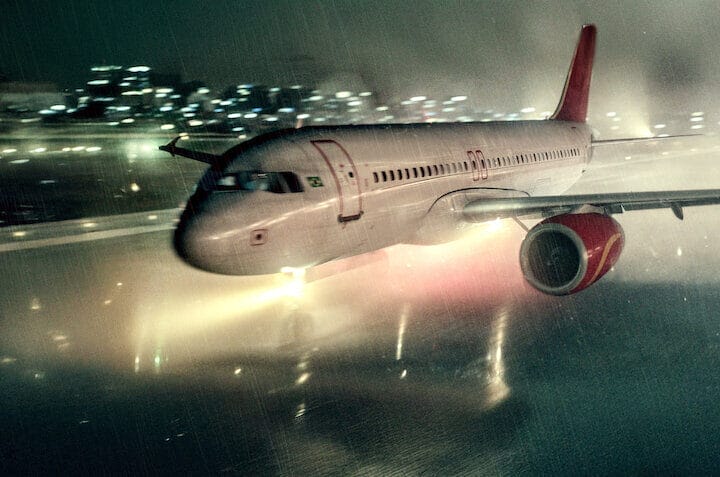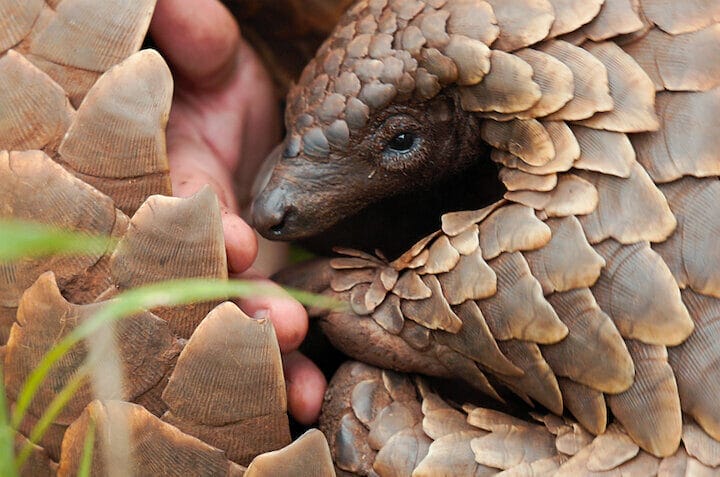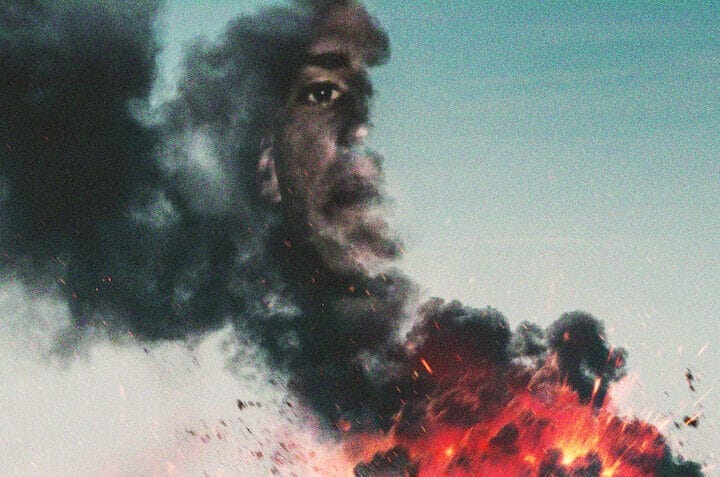Netflix’s latest documentary series, “Surviving Black Hawk Down,” offers a fresh perspective on the infamous 1993 Battle of Mogadishu. Directed by Jack MacInnes, known for his work on “Leaving Afghanistan,” this three-part series delves deep into the events that inspired Ridley Scott’s 2001 film “Black Hawk Down.”
The series presents a balanced view of the conflict, featuring firsthand accounts from both U.S. soldiers and Somali civilians. This approach provides viewers with a comprehensive understanding of the battle’s complexities and its lasting impact on all involved.
“Surviving Black Hawk Down” meticulously reconstructs the events of October 3, 1993, when a U.S. military operation to capture warlord Mohamed Farrah Aidid’s lieutenants went awry. The downing of two Black Hawk helicopters by Somali militia transformed a capture mission into a desperate rescue operation, resulting in a prolonged urban battle.
The documentary doesn’t shy away from the harsh realities of war. It includes interviews with Army Rangers, Delta Force members, and Mogadishu residents, including militiamen who fought against U.S. forces. This diverse range of perspectives offers a nuanced view of the conflict, moving beyond the Hollywood portrayal to explore the human cost on both sides.
MacInnes employs a mix of interviews, reenactments, and archival footage to bring the battle to life. The series benefits from high-quality production values, with movie-quality reenactments that vividly illustrate the chaos and intensity of urban warfare.
One of the documentary’s strengths lies in its exploration of the broader context surrounding the battle. It examines the political unrest in Somalia leading up to the conflict and questions the role of U.S. forces in the region. This contextual framing helps viewers understand the complex factors that contributed to the battle’s outbreak and its aftermath.
The series also touches on the technological aspects of modern warfare and media coverage. It features interviews with a Somali cameraman who captured crucial footage during the battle, including images of captured U.S. pilot Mike Durant. This inclusion highlights the growing role of media in shaping public perception of military conflicts.
While “Surviving Black Hawk Down” offers a more balanced perspective than its cinematic predecessor, some viewers may note that it’s produced by Ridley Scott Productions, the same company behind the 2001 film. This connection raises questions about potential biases in the documentary’s narrative approach.
Critics have praised the series for its attempt to provide a more comprehensive account of the battle. However, some note that it could have gone further in exploring the long-term consequences of the conflict on both Somalia and U.S. foreign policy.
“Surviving Black Hawk Down” offers viewers a chance to revisit this pivotal moment in modern military history through a more nuanced lens.











